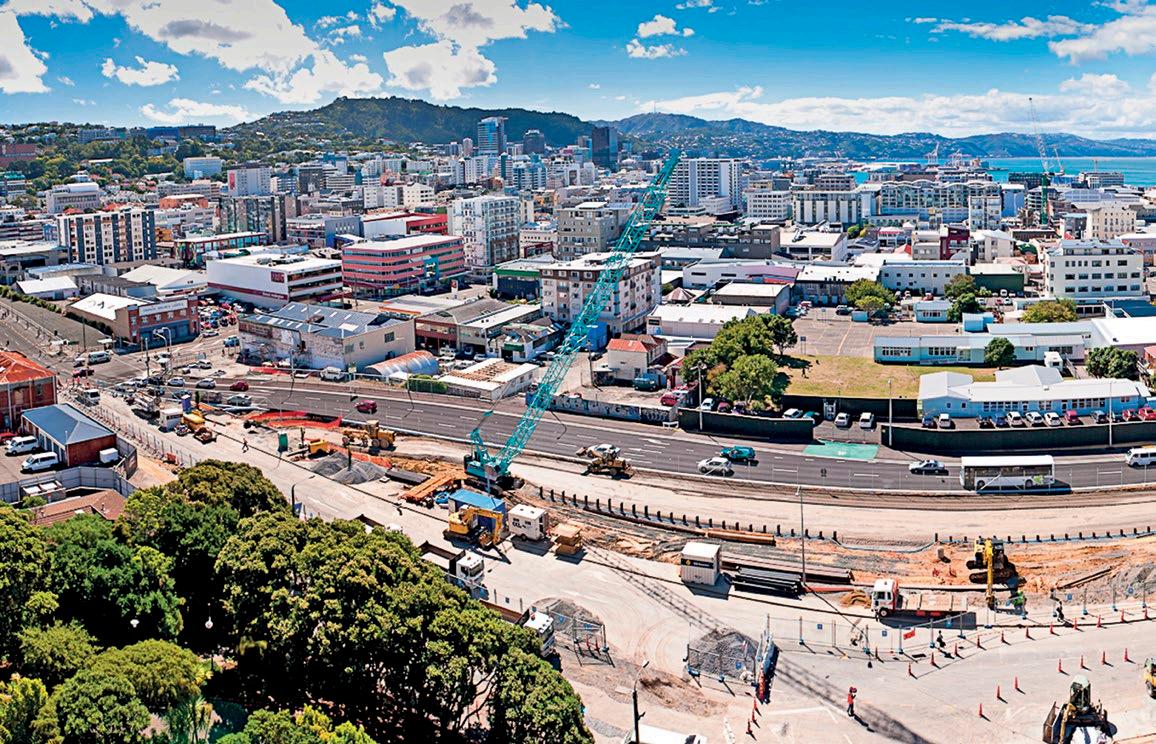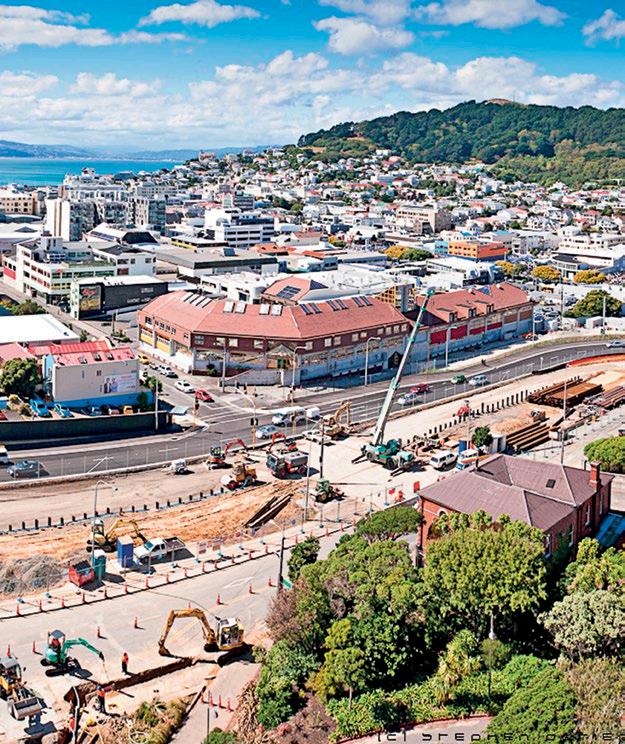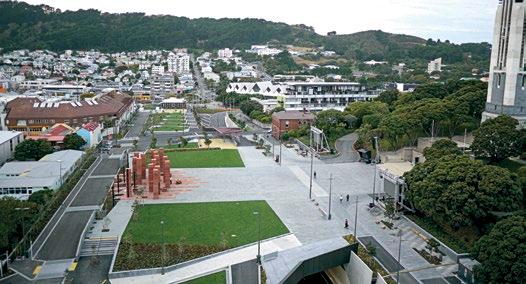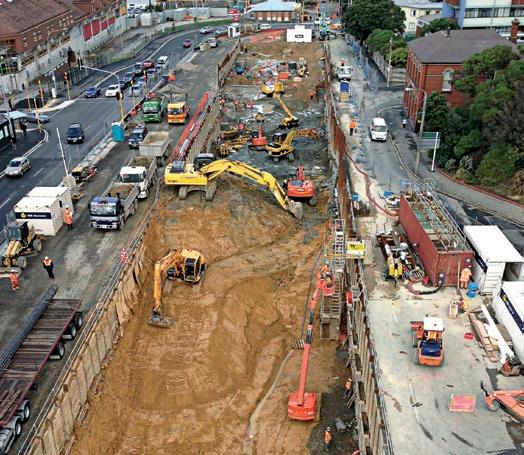
4 minute read
Memorial Park Alliance
Centenary project pays tribute to the men in the trenches
When the Pukeahu National War Memorial Park and Underpass was officially opened in Wellington a few months ago, the WWI slogan ‘Together We Win’ might well have been ringing in the ears of all involved in its successful design and build.
Advertisement
CATEGORY 4
PROJECT: Pukeahu National War Memorial Park and Underpass, Wellington CONTRACTOR: Memorial Park Alliance (MPA) To say there was a lot of pressure to get the Pukeahu National War Memorial Park and Underpass finished and completed on time would be an understatement.
The park and underpass was going to be the government’s centrepiece WWI centenary project and the date for its use was fixed.
Thousands of New Zealand and Australian eyes were anticipating the memorial events that were to take place there. Not only that but, once built, the physical space would stand as a constant tribute to the more than 300,000 New Zealanders who served their country in the conflict, and the 30,000 who died.
Construction workers on the job never had to ask their supervisors when the project had to be completed by – they could just check their calendar for the national holiday.
In sum, there was a lot at stake.
The park and underpass was designed and constructed by the Memorial Park Alliance (MPA) of NZTA, HEB Construction, Downer New Zealand, Tonkin & Taylor, and Aecom (formerly URS).
Against many odds, the goal of early delivery was achieved with the underpass (Arras Tunnel) a month early and the park three weeks early, well ahead of Anzac Day – 25 April 2015.
Collaborative planning and committed teamwork succeeded inside an inflexible deadline of 33 months, despite the



challenges of a narrow central Wellington site between educational, residential and memorial buildings.
Innovations resulted in significant cost and time savings, notably containerised wastewater cleaning, tunnel safety systems pre-testing and refined tunnel alignment to reduce stormwater inflow and minimise service disruption.
The Arras Tunnel involved the design and construction of a 300-metre-long, 18-metre-wide and 12-metre-deep, cut and cover trench to form a 130-metre-long tunnel in an inner urban environment.
Working in a collaborative way, MPA has overcome major challenges presented by depth of excavation and proximity of existing structures, traffic and immense public interest.
The size of the job was formidable.
Approximately 40,000 cubic metres of soil was excavated to form the cut and cover trench, all of which was immediately removed from site. In total, 95 concrete piles were installed to connect the tunnel floor slab to bedrock. The piles were 10 to 30 metres deep, depending on the level of the bedrock.
Major structural work also included extensive temporary retaining walls with 13-metre-long tie backs and permanent 12-metre-high cast in situ concrete tunnel walls.
Substantial site utilities management included careful protection of a 900mm watermain, a 33 kilovolt power cable, and two historic 1.5-metre-high oval brick sewer lines.
Duncan Kenderdine of the MPA describes a number of the build’s milestones.
“The underpass was constructed through a buried greywacke ridge. Each end of the underpass exits through alluvium and colluvium deposits. This geology gave rise to a number of risks around liquefaction during seismic events,” he says.
“Tension piles were used to prevent the underpass floating during liquefaction and to prevent post seismic event settlement. Significant pile testing was undertaken to determine the most appropriate and cost-effective design. Initial testing was on straight shaft piles which failed at 20 percent of the required design load.
“After some iterations a bell-shaped pile was designed, constructed using a custom-made belling tool and tested.
“The belled pile exceeded the design load requirements and in fact meant the number and length of piles could be reduced.”
Due to the high level of public and government scrutiny, the MPA also took the unusual step of contracting an independent research company to measure stakeholder and community trust.
Outstanding stakeholder effort resulted in the 2014 NZTA GEM Award for ‘Connecting with Communities’.
The project was also completed with zero harm from high potential events despite up to 220 people on a complex construction site no larger than three rugby fields adjacent to State Highway 1.
NZTA chief advisor Peter Spies says the entire project ran smoothly and he was impressed by the collaborative nature of MPA.
“The Memorial Park Alliance has been our most successful alliance to date and has demonstrated that a pure programme alliance can deliver successfully in very challenging circumstances. This approach offers a working model able to take on the ever greater challenges, risks and uncertainty which are becoming more commonplace in today’s market.” l










